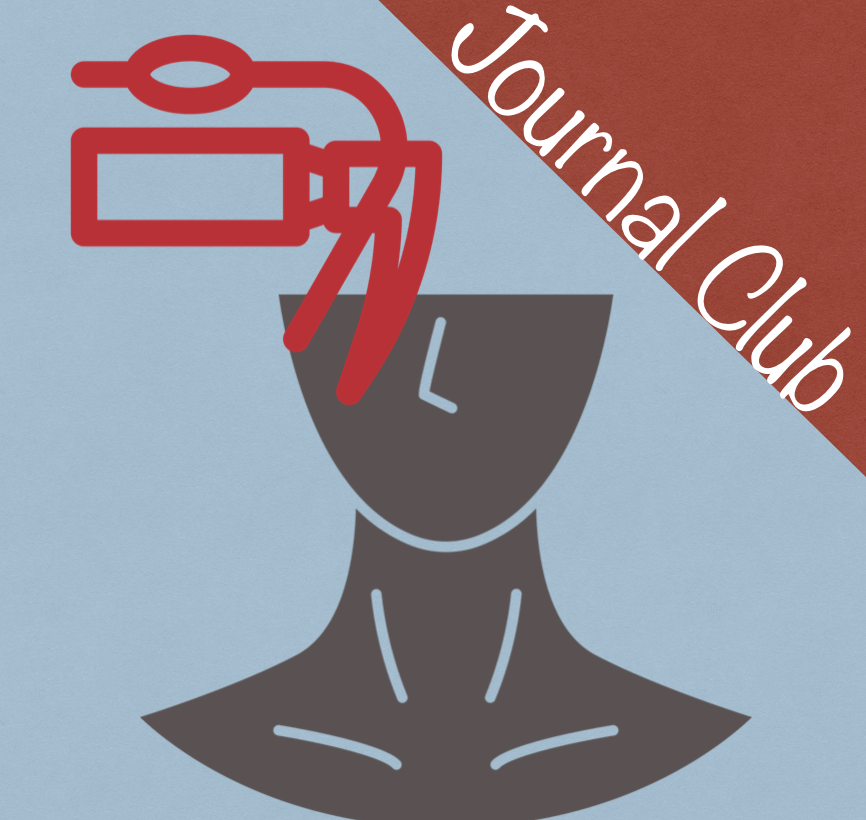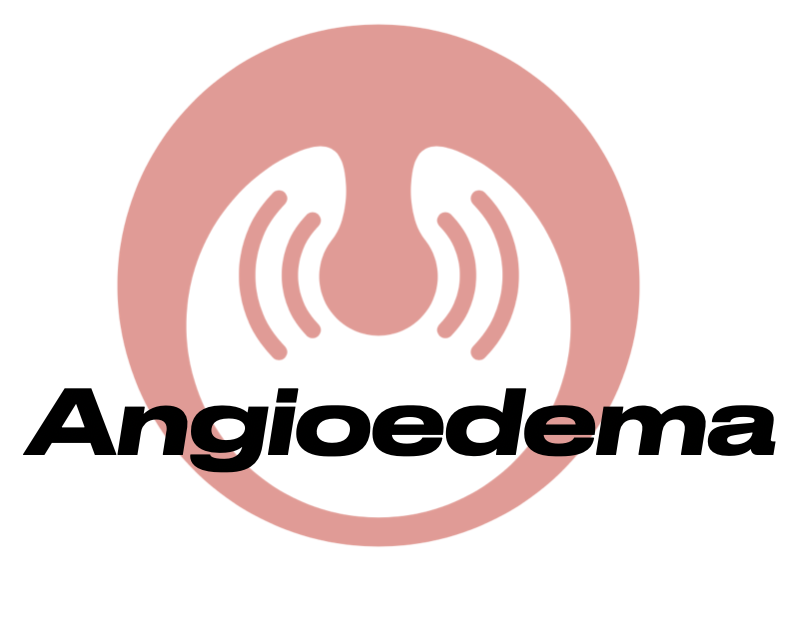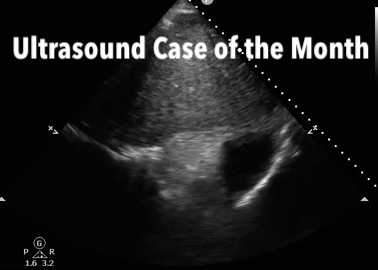Has Video Finally Killed DL?
/More than 1.5 million adults undergo tracheal intubation outside of the operating room each year in the United States. Traditionally, this has been performed with direct laryngoscopy, where a clinician displaces the patient’s tongue and epiglottis with a laryngoscope blade to visualize the vocal cords through the mouth, allowing for direct visualization of the passage of an endotracheal tube. An alternative method for tracheal intubation is video laryngoscopy, where a camera on the distal half of the blade transmits an image to a screen allowing for indirect visualization of the vocal cords and passage of an endotracheal tube without direct line of site.
Read More















